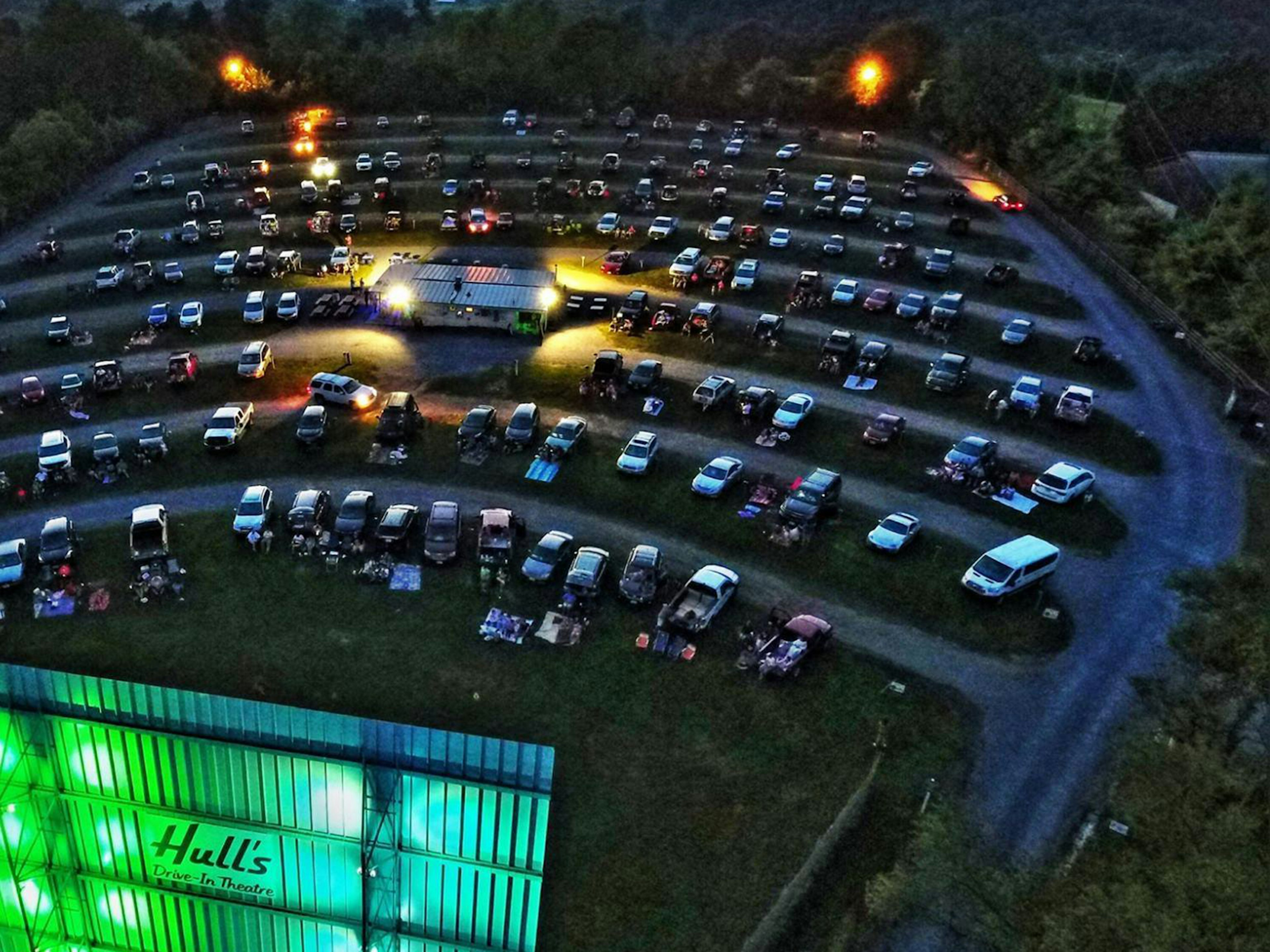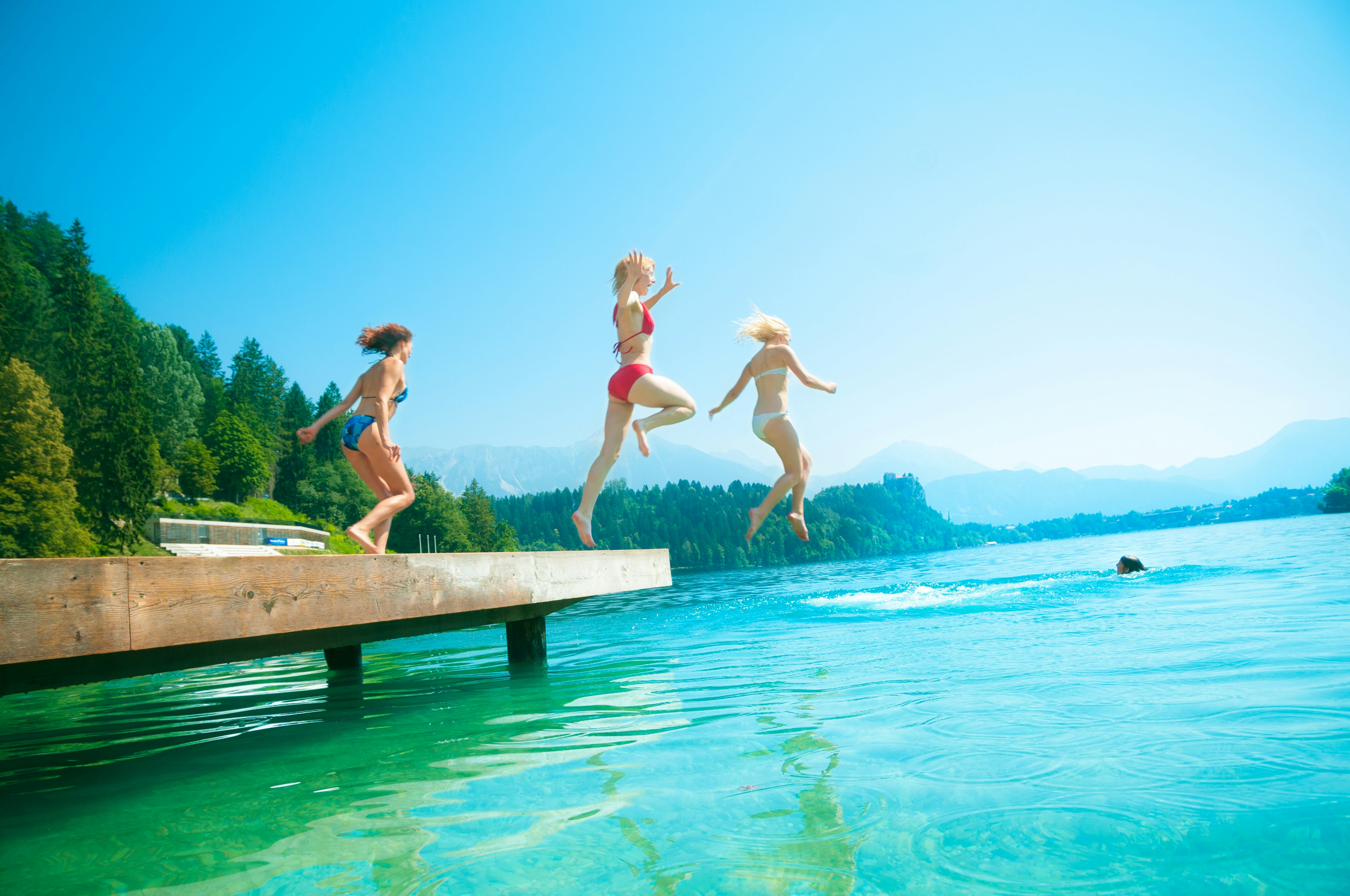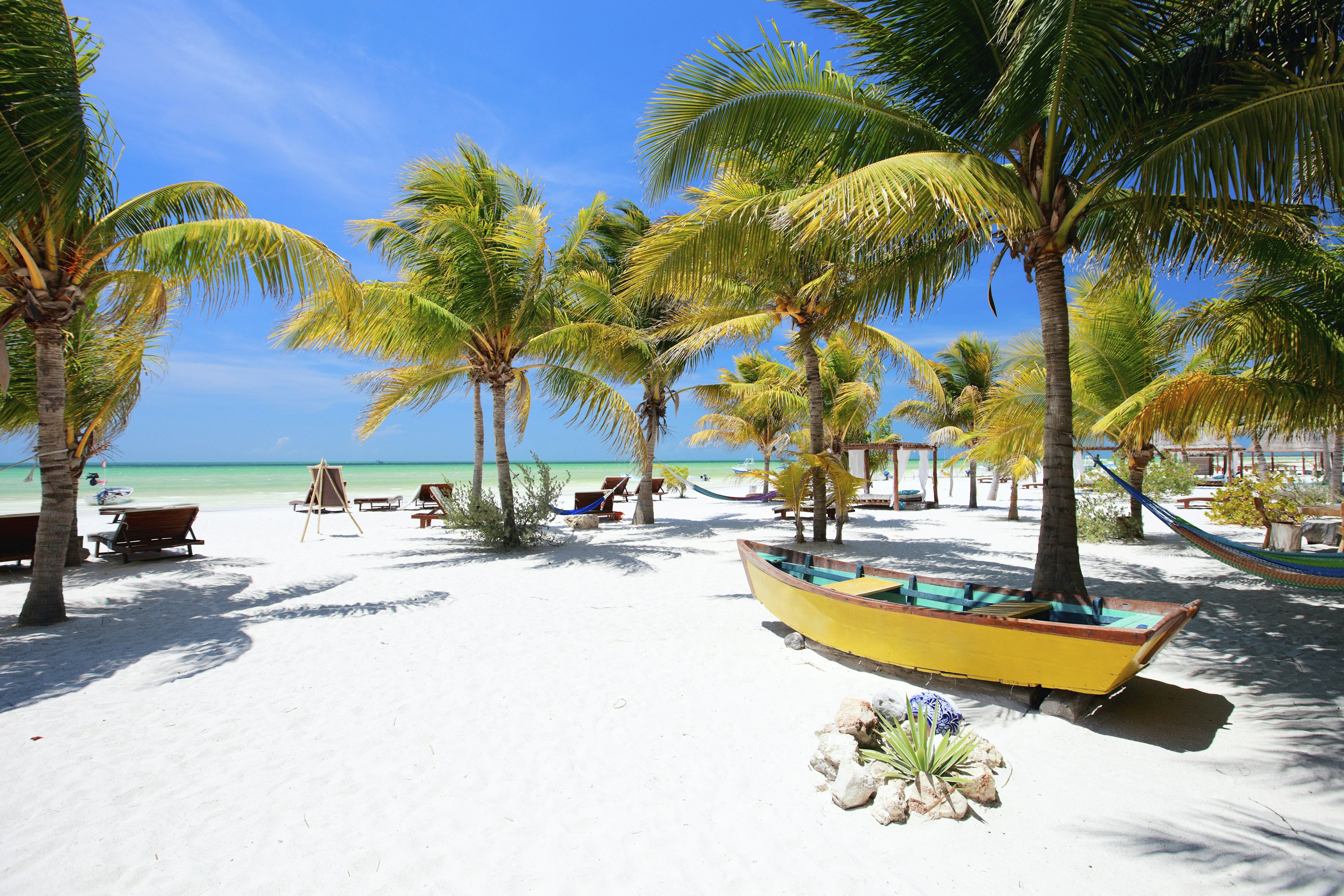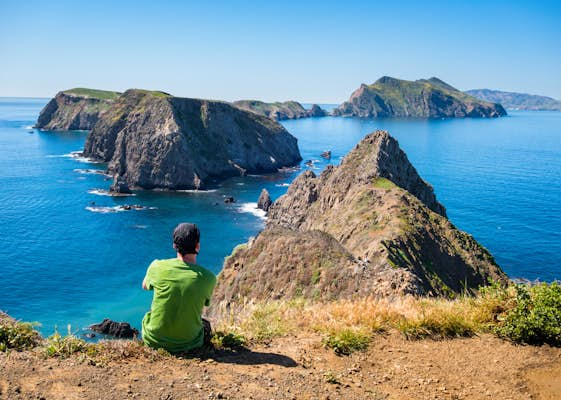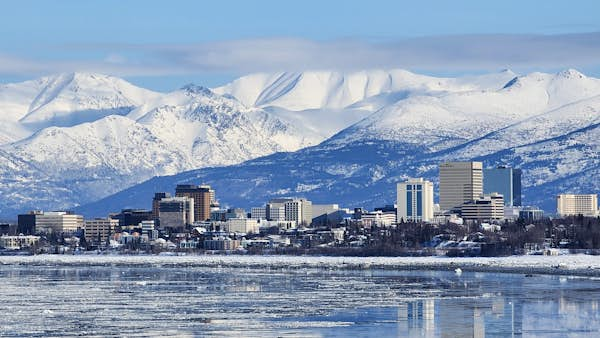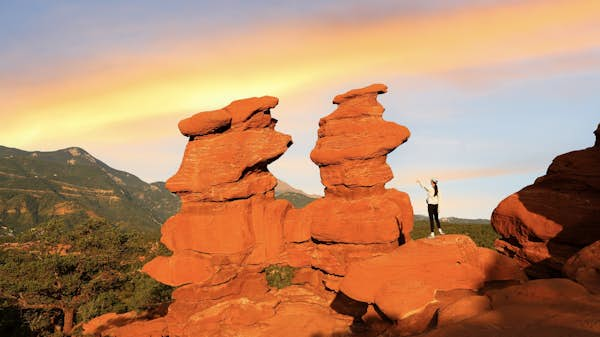Nestled between the Sierra Madre mountains and the Pacific Ocean, Puerto Vallarta is a resort town known for its golden sand beaches, cobblestone center and lively nightlife. Its proximity to the mountains provides ample opportunities for outdoor enthusiasts to dive deep into the verdant jungle in search of adventures, while sunseekers will have a hard time deciding which of its many beaches to lie out on for the day.
While Puerta Vallarta was established in the 19th century, it became famous in the 1960s thanks to the glamor of Hollywood, when it served as a filming location for the 1964 film The Night of the Iguana, starring Richard Burton and Ava Gardner. Burton and his famous wife, Elizabeth Taylor, fell in love with the area, buying a house on the hill in “Gringo Gulch” and spending long spells in town.
Since then, the beach town has expanded significantly, with its hotel and nightlife offerings encompassing luxury resorts in Marina Vallarta and boutique hotels and lively bars in the Zona Romántica.
Whether you’re here for the beach clubs or want to find a more secluded enclave for snorkeling and spotting colorful sea life, there’s a beach in Puerto Vallarta sure to fulfill your heart’s desire.

When should I go to Puerto Vallarta?
As with most beach towns in Mexico, Puerto Vallarta is a destination you can visit year-round. The high season is from October to April, when temperatures in the northern hemisphere begin to drop, and Canadians and Americans start seeking an escape from the cold.
The hurricane season in Puerto Vallarta runs from early June to late November, with its peak from August to October. During this time, while you may encounter rain when tropical storms form, Puerto Vallarta’s location within the huge Bay of Banderas helps protect it from storms directly making landfall.
If you’re keen to catch a glimpse of a humpback whale flashing its tail in the sunshine, the best months to spot these majestic creatures are from December to March, when they make their way to Banderas Bay to breed and raise their young.
Overall, I’d say the best time to go to Puerto Vallarta is from April to June, when the heat and humidity haven’t reached their most sweltering levels, and the summer crowds haven’t yet descended to this stretch of golden coastline.
How much time should I spend in Puerto Vallarta?
Three nights will allow you to enjoy some time relaxing at Playa de los Muertos or Playa Camarones, partying at a beach club and exploring some of the bars and restaurants in the Zona Romántica.
Yet if you can spare a whole week, you’ll be able to get off the beaten path and explore more secluded beaches like Yelapa and go inland to sip tequila and other agave-based spirits in San Sebastián del Oeste, a mining town–turned–”pueblo mágico” with a Mexican-Western feel to it.
Is it easy to get in and around Puerto Vallarta?
You can fly into Puerto Vallarta’s international airport from most major cities in North America, plus a couple in Europe. From there, you can take a taxi to your hotel or cross the street to order an Uber (Ubers can drop you off at the airport but not pick you up from there).
Once in Puerto Vallarta, you can find taxis easily or order an Uber to take you everywhere. Always ask for (and agree on) a price before getting in a taxi to avoid unwanted surprises, and make sure you have cash on you as they don’t take credit cards.
Top things to do in Puerto Vallarta
These are the activities you shouldn’t miss if you’re staying in Puerto Vallarta for a few nights.

Stroll down the Malecón
The boardwalk that stretches for about a mile along the coast and meets Playa de los Muertos and its famous pier on the southern end is called the Malecón.
As the city’s most prominent tourist attraction, it gets busy – but it’s a great spot to absorb Puerto Vallarta’s lively energy (for free!). Make your way there come sunset to enjoy the multihued pink-and-orange sky while inspecting the many sculptures scattered throughout the area.
Lounge on the beach
If you’re staying at a beachfront hotel, chances are you won’t want to leave the comfort of the sand that’s right in front of you. Yet, with so many beaches in close proximity to each other, it’s worth getting further out to vary your sun intake a bit.
Bordering the iconic Zona Romántica neighborhood, Playa de los Muertos is undoubtedly the best-known beach in town. North of the Malecón, you’ll find the much quieter Playa Camarones – but to truly get away from the crowds, you’d be wise to head to the southern beaches.
While lined with condo buildings, Conchas Chinas is a small, picturesque enclave with shallow and sheltered pools made by rock formations. Further south, the emerald-green waters of Mismaloya are a great place to snorkel or try your hand at stand-up paddleboarding against a backdrop of the Sierra Madre mountains.
For even more privacy, head to Yelapa, a small beach town that you can only reach by boat from the pier at Boca de Tomatlán.

Enjoy the bar scene at Zona Romántica
If you’re ready for a night out, make your way to the Zona Romántica, a charming neighborhood known for its cobblestone streets and laid-back vibe. Here, you’ll find tasty street taco stands sitting alongside deluxe international restaurants.
With its thriving bar scene and welcoming LGBTQ+ clubs, this is the spot for an unforgettable evening.
Spot a humpback whale
Humpback whales make a yearly migration to warm Mexican waters to breed and feed their calves. In Puerto Vallarta, you can see them splashing around the waves from inflatable speed boats on three-hour whale-watching expeditions like those led by Vallarta Adventures.
Plan your trip for peak whale-watching season, which runs from December to March.
Explore Río Cuale Island
Tucked in the middle of the Río Cuale, this lush island with shaded paths offers a peaceful escape from the busy streets of the city. You’ll find open-air cafes and restaurants to relax in while listening to the flow of the river, and an artisan market where you can pick up a gift or two.
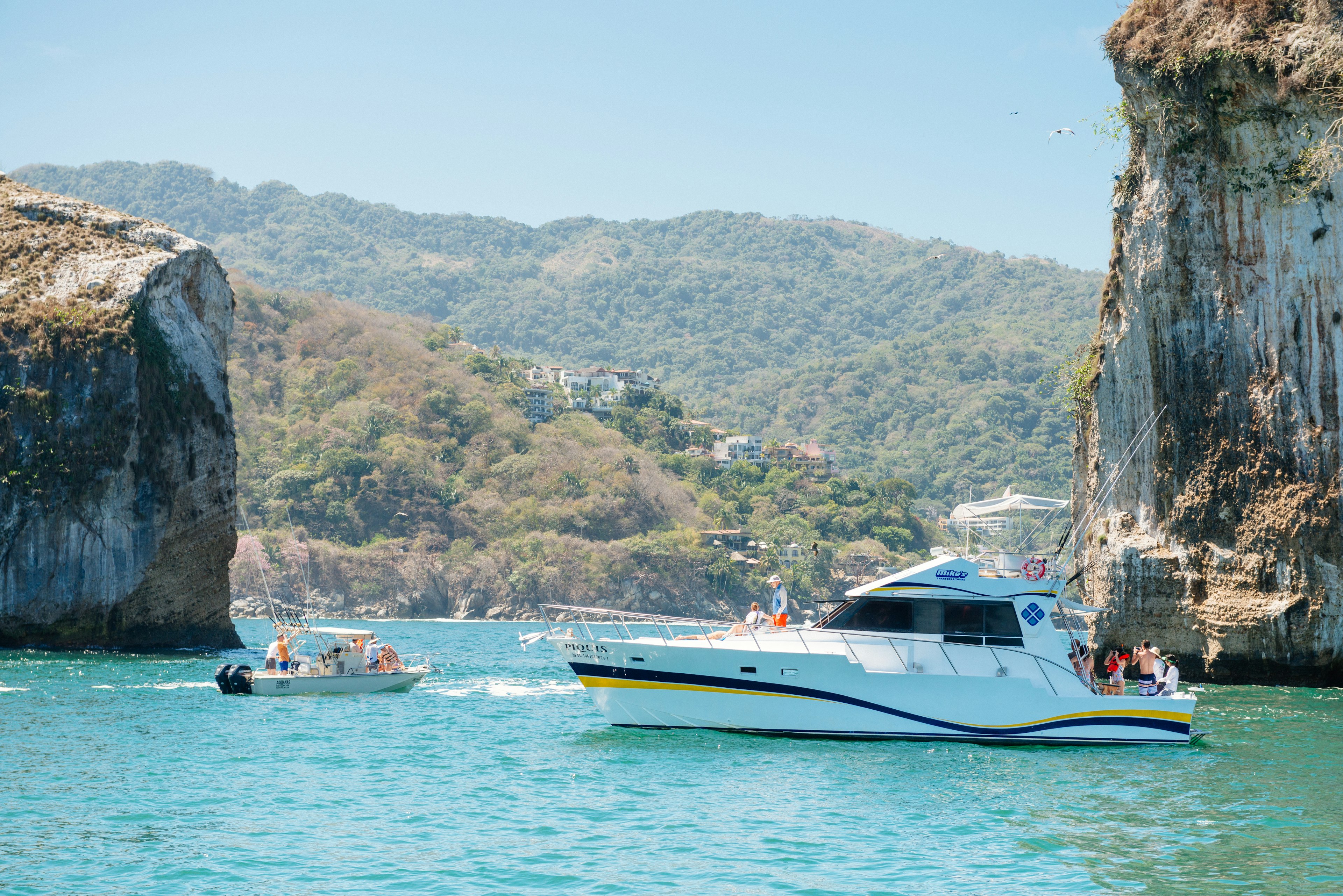
Go hiking in the verdant jungle
While most visitors plan their trip to Puerto Vallarta with the beach in mind, the city’s proximity to the Sierra Madre mountains provides plenty of hiking opportunities.
Popular hiking spots include the trail to Playa Colomitos, a secluded beach only accessible by foot or boat, and the Mirador de La Cruz, where a short but steep climb rewards you with panoramic views of the city and the Bay of Banderas.
My favorite thing to do in Puerto Vallarta
As with so many other visitors, Puerto Vallarta’s famed golden beaches first lured me here. Yet, as I got to know the city, I was surprised at how much art and culture I discovered. Besides those mesmerizing statues along the Malecón, Puerto Vallarta also has its fair share of art galleries.
The best one of them all is OPC Oficina de Proyectos Culturales, which hosts exhibitions that foster dialogue between creators and the local community and organizes educational workshops and roundtable discussions, too.
How much money do I need for Puerto Vallarta?
As far as Mexican resort towns go, Puerto Vallarta is significantly more affordable than Cancún or Los Cabos, especially when it comes to hotel prices.
The area north of the city near the marina has the largest and most expensive hotels, namely the Marriott, the Westin and Casa Velas, as well as larger restaurants, including popular Mexican chains.
In Centro and the Zona Romántica, however, you can find options to suit all budgets, along with interesting, smaller restaurants with creative takes on Mexican food.
-
Hostel room: $439–843 MXN (US$21–42) per night
-
Basic room for two: $1857–3500 MXN (US$92–173) per night
-
Self-catering apartment (including Airbnb): $1150–3000 MXN (US$57–150) per night
-
Average taxi ride: $83–145 MXN (US$4–7)
-
Coffee: $40–100 MXN (US$2–5)
-
Sandwich: $60 MXN (US$3)
-
Fish tacos: $245 MXN (US$12) for an order of two
-
Dinner for two at a mid-range restaurant: $600–1200 MXN (US $30–60)
-
Beer/pint at the bar: $55 MXN (US$2.70)
Is Puerto Vallarta safe for travelers?
Puerto Vallarta is considered one of the safest places in Mexico. I’ve spent a significant amount of time there, traveling solo as a woman, and not once did I feel unsafe. As a touristy resort town, it doesn’t have many areas that are considered sketchy.
Still, I’d recommend exercising the usual precautions, like avoiding getting into a taxi while blind drunk or walking alone in unlit areas late at night.

Is Puerto Vallarta very touristy?
Definitely – and that’s not a bad thing. Puerto Vallarta essentially exists as a beach playground for local and foreign visitors to have a great time and let loose.
In recent years, the city has been drawing a growing digital-nomad population, which adds to the lively vibe of the place, and it’s always had a thriving expat community. And since this is a place where Mexican families vacation, it feels less like a magnet only for North Americans.
Are Puerto Vallarta beaches swimmable?
The Pacific Ocean is a force to be reckoned with, and many resorts that lie on its shores are the exclusive domain of the surfing community. But that’s not the case in Puerto Vallarta. Thanks to the protection of the bay, waves are smaller here, creating safe swimming conditions.



